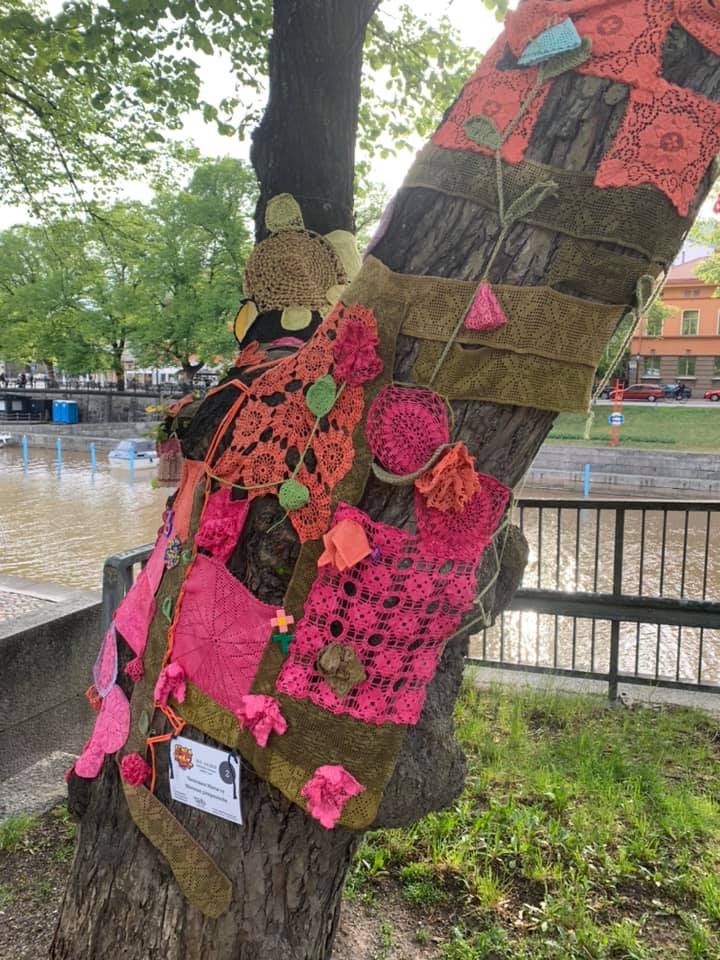
In this period of time, you as students are experiencing radical change and at a speed faster than any other group before you. Generally, we talk about how technology is the 'maker' of those changes, and in the past few years, technology has increasingly provided the platform for information that helps us know what is going on in the world and gather as people. What are some other elements that create social movements?
President Trump may have been one of the most significant 'influencers' of our time and while his tweeting fingers caused so much anger, it was supporters at his rallies that really have caused great concern. I don't think that even Trump's writers knew his influential power. Think of it like this and compare it to an NFL playoff game or World Wrestling Entertainment... while social media may spread the news, fire people up, and collect people together, it is nothing if there is not a place to gather to 'watch the game'. Trump used every element at his disposal to 'disrupt' and create one of the most powerful contemporary social movements on the planet. What can be learned from that? Everyone pays attention - even when pretending not to. Powerful wealthy people can and do change the world.
But... so do the most 'seemingly' insignificant... like Greta Thunberg, Craig Kielburger, Steve Jobs, Candy Lightner, Malala Yousafzai, Vandana Shiva and, of course, the many young to old men and women who work tirelessly in humanitarian capacities. Those people represent you and me.
In this course, we will look at theories that frame why people become involved in social movements, what is at stake, and why they are important, grow, and decline. We will focus on contemporary movements and agents of activism, and as students you will observe and using course content assess one active social movement of your choice.
President Trump may have been one of the most significant 'influencers' of our time and while his tweeting fingers caused so much anger, it was supporters at his rallies that really have caused great concern. I don't think that even Trump's writers knew his influential power. Think of it like this and compare it to an NFL playoff game or World Wrestling Entertainment... while social media may spread the news, fire people up, and collect people together, it is nothing if there is not a place to gather to 'watch the game'. Trump used every element at his disposal to 'disrupt' and create one of the most powerful contemporary social movements on the planet. What can be learned from that? Everyone pays attention - even when pretending not to. Powerful wealthy people can and do change the world.
But... so do the most 'seemingly' insignificant... like Greta Thunberg, Craig Kielburger, Steve Jobs, Candy Lightner, Malala Yousafzai, Vandana Shiva and, of course, the many young to old men and women who work tirelessly in humanitarian capacities. Those people represent you and me.
In this course, we will look at theories that frame why people become involved in social movements, what is at stake, and why they are important, grow, and decline. We will focus on contemporary movements and agents of activism, and as students you will observe and using course content assess one active social movement of your choice.
- Teacher: Corinne Hersey